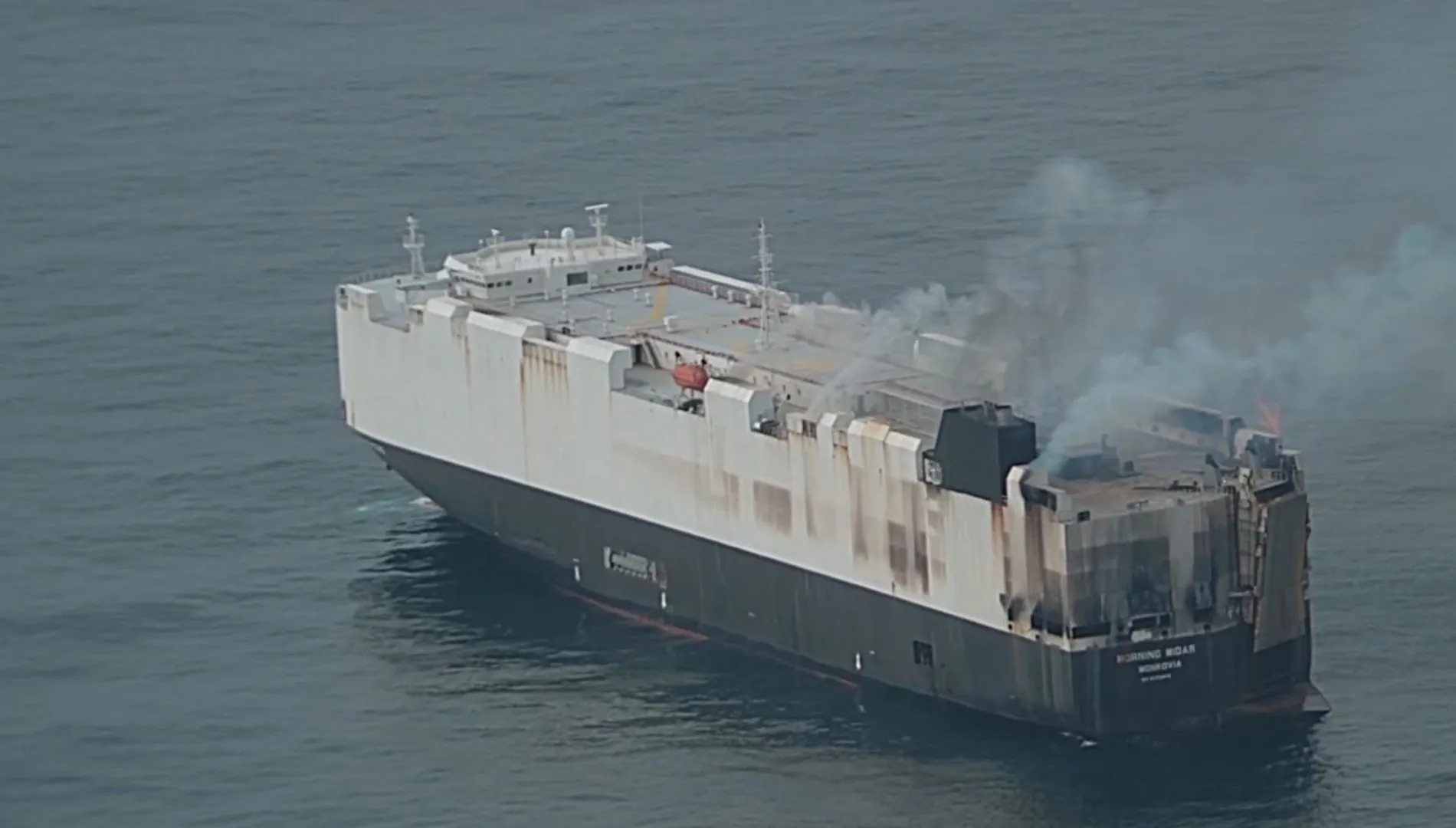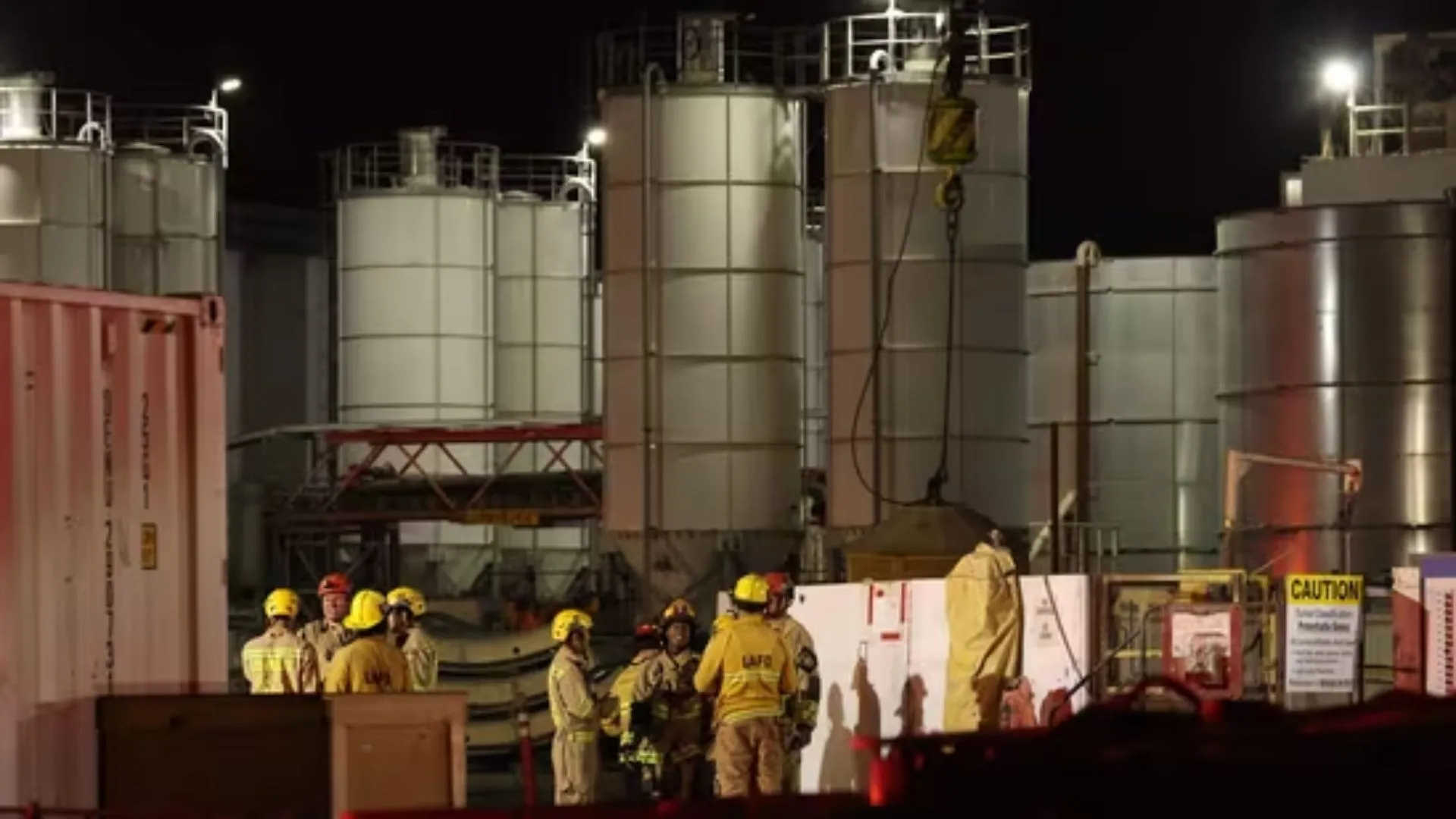A cargo ship carrying over 3,000 vehicles, including electric cars, sank deep in the Pacific Ocean weeks after it caught fire. The vessel, named Morning Midas, had been heading from China to Mexico when it went up in flames.
After failing to stop the fire, the crew abandoned the ship, which later sank due to fire damage, rough weather, and water entering the hull.
Morning All👋
The Morning Midas a 600-foot Pure Car and Truck Carrier (PCTC), carrying 3,159 vehicles, including 65 fully electric vehicles and 681 partial hybrid electric vehicles, is still on fire🔥
No doubt the BBC are covering it extensively. https://t.co/GHCWsr01tD pic.twitter.com/5Byrh57Azw
— Electric Blue🧢🖌 (@Only9built) June 7, 2025
Cargo Ship Sinks
The cargo ship Morning Midas had been transporting 3,000 new vehicles, including 800 electric vehicles, to Lazaro Cardenas in Mexico. The fire broke out on June 3 when the ship was about 300 miles off Alaska’s coast. The crew, which consisted of 22 people, had sent a distress alert and evacuated using lifeboats. They were later rescued by a nearby merchant ship.
The ship remained adrift for weeks as fire and damage made it unsafe. Despite efforts by aircrews, a cutter, and salvage teams, the fire could not be put out. According to Zodiac Maritime, the London-based company managing the vessel, the Morning Midas eventually sank on June 20 in international waters near Alaska’s Aleutian Islands.
It went down about 16,404 feet underwater and 415 miles from land.
Monitoring For Pollution and Response
After the cargo ship sank, the U.S. Coast Guard reported no visible pollution in the surrounding ocean. Officer Cameron Snell said they have vessels ready in case any signs of pollution show up. Salvage tugs with pollution control equipment remain near the area to monitor the situation.
Zodiac Maritime also plans to send a pollution response ship for extra help. Although the full environmental impact of the cargo ship sinking is still unclear, the officials continue to check the site. The Morning Midas was a Liberian-flagged ship built in 2006 and had left Yantai, China, on May 26.
It’s sinking highlights the challenges that occur while handling fires on cargo ships, especially the ones carrying EVs.






















